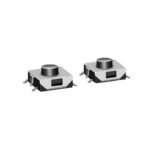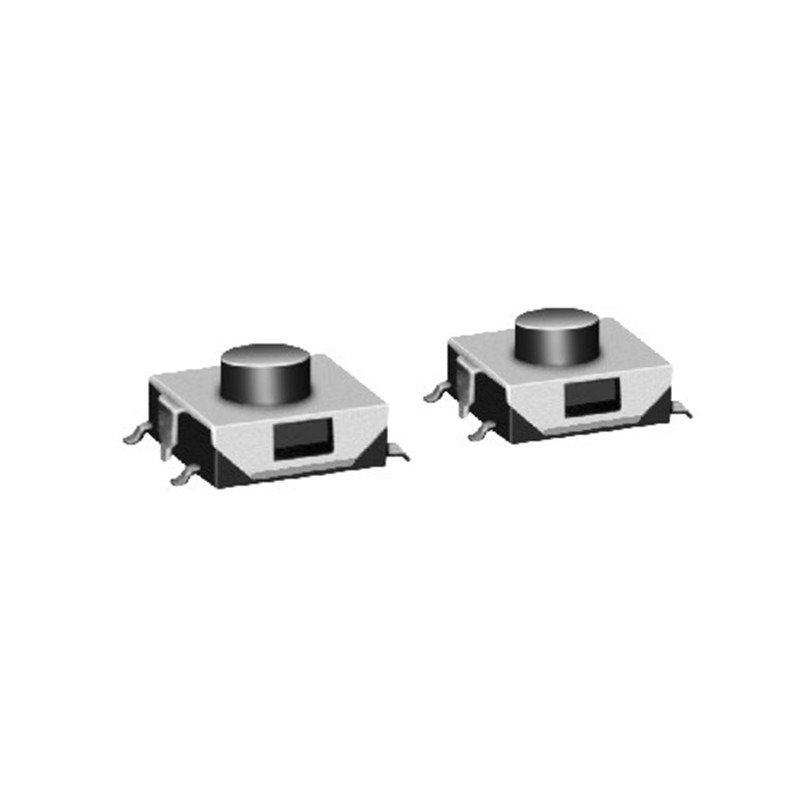Description
Introduction to Tactile Switches
Tactile switches are essential components in various electronic devices, providing a physical feedback mechanism when pressed. They are commonly used in keyboards, control panels, and other input devices where a precise and reliable response is required. Understanding the versatility and precision of tactile switches can help in selecting the right type for your specific needs.
Design and Functionality
Tactile switches are designed to give a distinct tactile feedback, often in the form of a slight bump or click, when the switch is actuated. This feedback ensures that the user is aware of the activation without needing to look at the device. The design typically includes a metal dome or a spring mechanism that provides the necessary resistance and feedback. These switches are known for their durability and are rated for thousands of actuations, making them a reliable choice for high-use applications.
Applications and Benefits
The applications of tactile switches are vast, ranging from consumer electronics to industrial equipment. In keyboards, they offer a satisfying typing experience, contributing to user comfort and efficiency. In medical devices, the precise feedback can be crucial for ensuring accurate inputs. The benefits of using tactile switches include their longevity, reliability, and the clear tactile response they provide, which can reduce input errors and enhance user confidence.
Choosing the Right Tactile Switch
When selecting a tactile switch, consider factors such as actuation force, travel distance, and mounting style. Actuation force refers to the amount of pressure required to activate the switch, while travel distance is the distance the switch moves when pressed. The mounting style can vary depending on whether the switch is surface-mounted or through-hole mounted. By carefully assessing these factors, you can choose a tactile switch that meets the specific requirements of your application.



Reviews
There are no reviews yet.